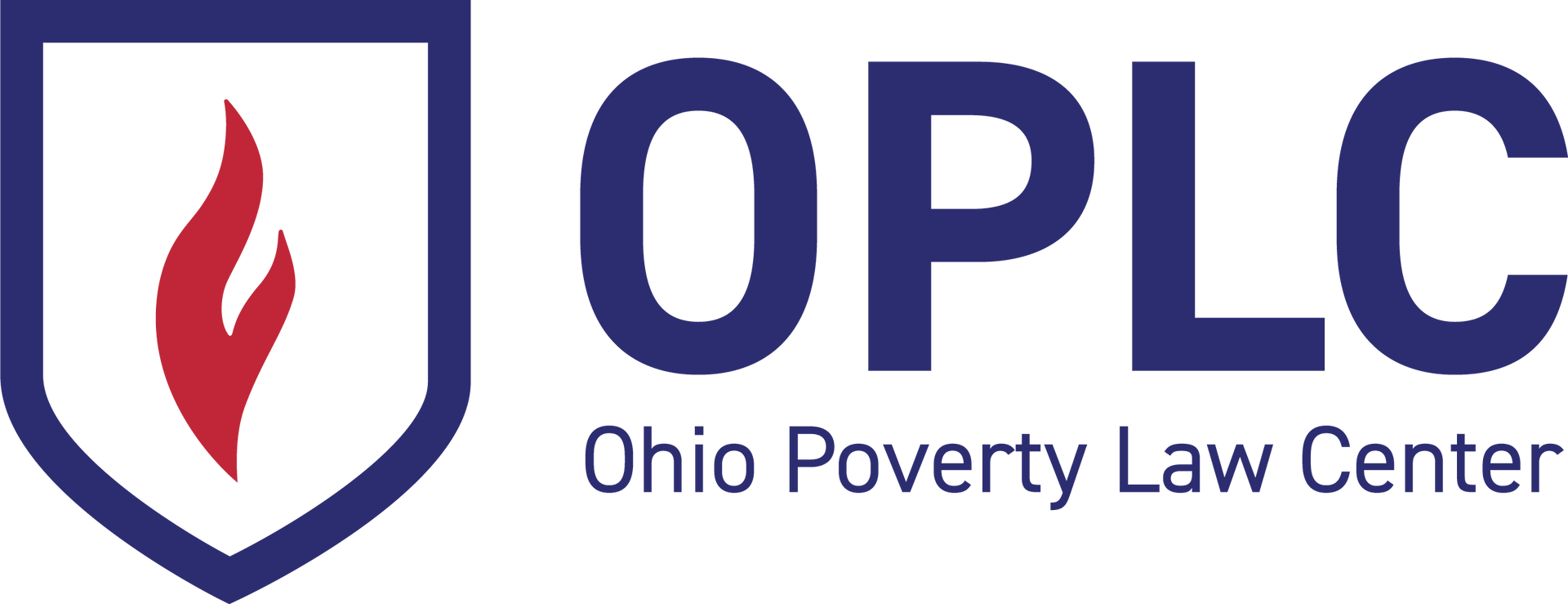SEPTEMBER 2021 NEWSLETTER
END OF EVICTION MORATORIUM RESULTS IN NEW GUIDANCE FOR EMERGENCY RENTAL ASSISTANCE
On August 26, the United States Supreme Court ended the national eviction moratorium in Alabama Association of Realtors v. Department of Health and Human Services. The decision found that the Centers for Disease Control and Prevention (CDC) lacked the statutory authority to issue a nationwide ban on evictions. The decision came after multiple federal courts struck down the moratorium on similar grounds, including a Sixth Circuit opinion that many Ohio courts were already following.
The Supreme Court’s decision comes amid reports of long delays in administering federal emergency rental assistance. Only 11 percent of the $4.65 billion allocated by Congress for emergency rental assistance has been spent.
With the end of the moratorium, the U.S. Department of Treasury announced new policies intended to speed the delivery of these funds to households facing eviction, including easing the documentation needed to get assistance.
The Biden administration is also calling on law firms and law schools to help fight evictions. Attorney General Merrick Garland is urging members of the legal community to take immediate action to help address the “looming housing and eviction crisis.”
The Ohio Supreme Court provided a toolkit to Ohio courts with strategies to assist households better access rental assistance and avoid preventable evictions. Ohio’s rental assistance programs are administered through the county community action agencies. The Coalition on Homelessness and Housing in Ohio has a county-by-county list of rental assistance programs.
WE NEED YOUR SUPPORT
When the pandemic hit, we knew that the economic fallout would impact the poorest Ohioans the hardest. What we did not anticipate was how long the pandemic would last and how devastating it would be. As Ohio emerges from the pandemic, those who struggled before and those who suffered from health and economic hardships will have the slowest recovery.
The Ohio Poverty Law Center’s work continues to focus on policy change to support Ohio’s low-income families and communities. Our advocacy led to several important provisions in the recently enacted state budget. We successfully advocated in support of new Medicaid managed care contracts that will deliver better care coordination, streamline appeals, and invest in communities to improve social determinants of health. In addition, Medicaid will now cover new mothers for 12 months after delivery. We pushed back on provisions that would make it harder for families to keep food assistance. We advocated for significant investments in the expansion of broadband service to unserved communities.
None of this could happen without you. Your past support has allowed us to research, engage partners, propose policy changes, build relationships with decision-makers, and tell our stories through the media. Thank you.
The challenges of the pandemic, structural racism, and continued policies that keep people poor are not going away. More than ever, policymakers need to hear the voices of people living, working, and raising their families in poverty.
Your continued support allows us to work with our legal aid partners across the state to bring the experiences and perspectives of their clients to policy discussions. Please make a gift today. We are grateful for your support.
